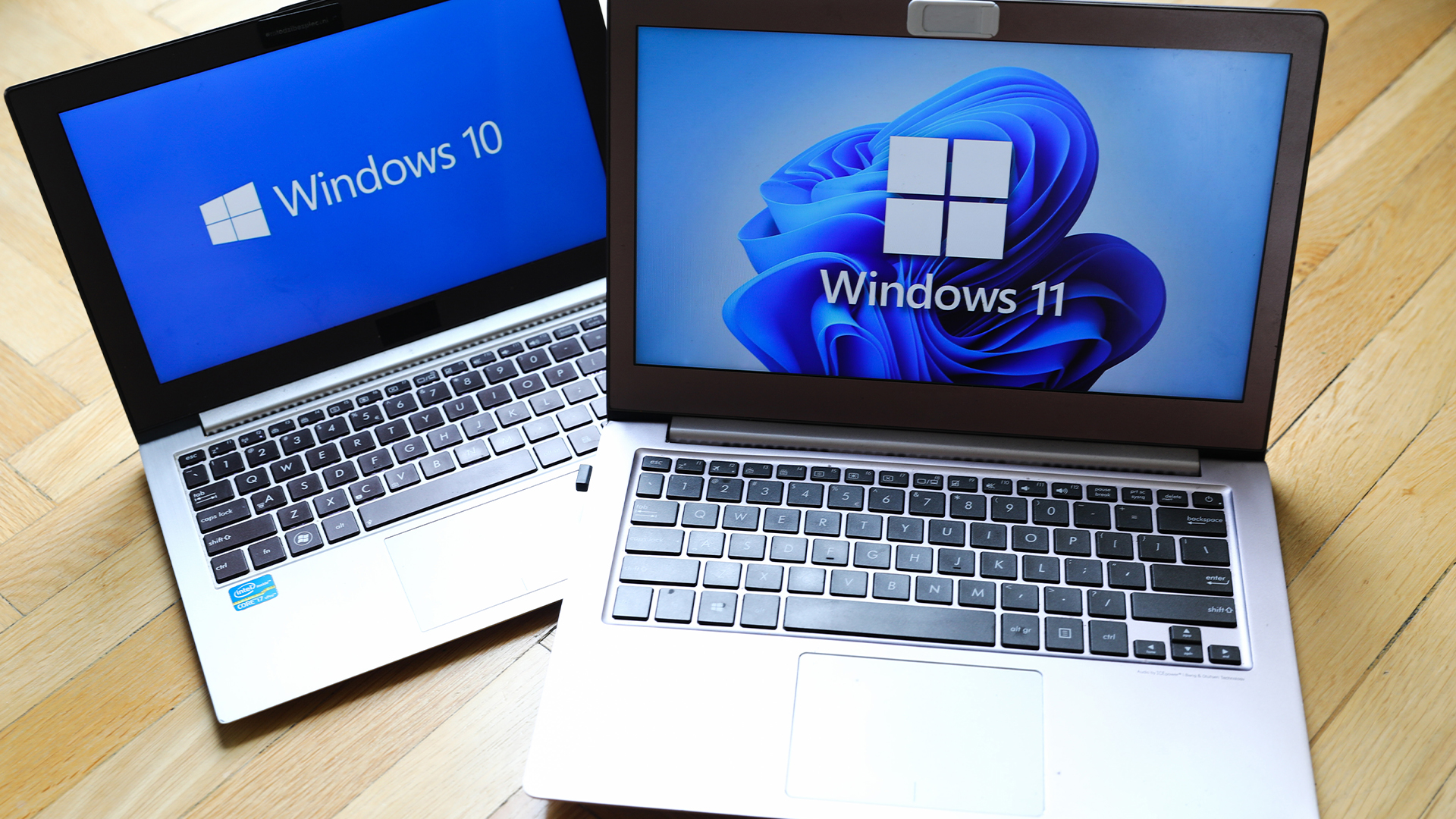What is AMD Fusion and why should I care?
AMD has melded a processor and a graphics chip together, but is this development as revolutionary as AMD claims? Seth Barton takes a look, not only at the technology, but at its implications for end users and the technology industry as a whole.

The AMD Fusion logo

Asus’s all-in-one E35M1-I Deluxe is the first Fusion-based product we’ve seen.

Fusion’s architecture allows the CPU and GPU elements to share data more efficiently.
We recently did a piece on Intel's latest Sandy Bridge processors, explaining the advantages of the new architecture and, more importantly, whether you should be buying into this latest technology. Here we're going to take a similar approach to AMD's recently launched Fusion chips.
Though the first AMD Fusion chips are only just appearing now, the brand name has been touted around by the company as far back as 2006. The initial idea was fairly revolutionary, to integrate the processor and graphics chips together into what AMD calls Accelerated Processing Units (APUs). However, these days it seems like a fairly routine idea, with Intel having taken the route with its last two generations of processors.
Fusion isn't just a single range of chips, however, but rather a wide-ranging platform, an umbrella brand under which all AMD's upcoming products will fall. AMD Fusion products will power netbooks, laptops, desktops and even servers. The core idea is still to build in graphics processors, but not just to provide graphical output. Instead AMD wants to fully harness the parallel processing power in modern graphics processing units (GPUs) for use with a far wider range of applications.
GPU-accelerated applications aren't new, but until recently there has been a lack of established standards to sit between software and the wide-ranging hardware found in laptops and desktop PCs. The idea is sound though, as many tasks can benefit greatly from the parallel processing power that such chips provide (executing numerous similar instructions simultaneously). It's not all video encoding and media playback either, such parallel processing is useful for quickly searching large databases, for example.
With all respect to Nvidia's own CUDA standard, which only works on its own hardware, the prevailing standards for GPU-acceleration are platform agnostic. First we have OpenCL, which is related to long-running graphics standard OpenGL. It was initially developed by Apple but is a royalty-free standard that has proved popular with academic organisations doing serious research using massively parallel processing.
Sign up today and you will receive a free copy of our Future Focus 2025 report - the leading guidance on AI, cybersecurity and other IT challenges as per 700+ senior executives
-
 Trump's AI executive order could leave US in a 'regulatory vacuum'
Trump's AI executive order could leave US in a 'regulatory vacuum'News Citing a "patchwork of 50 different regulatory regimes" and "ideological bias", President Trump wants rules to be set at a federal level
-
 TPUs: Google's home advantage
TPUs: Google's home advantageITPro Podcast How does TPU v7 stack up against Nvidia's latest chips – and can Google scale AI using only its own supply?
-
 Nvidia’s Intel investment just gave it the perfect inroad to lucrative new markets
Nvidia’s Intel investment just gave it the perfect inroad to lucrative new marketsNews Nvidia looks set to branch out into lucrative new markets following its $5 billion investment in Intel.
-
 Framework Desktop review: Modular design and ferocious AMD performance
Framework Desktop review: Modular design and ferocious AMD performanceReviews AMD's Ryzen Max CPUs debut in Framework's impressive modular self-build small-form desktop PC
-
 The US government's Intel deal explained
The US government's Intel deal explainedNews The US government has taken a 10% stake in Intel – but what exactly does the deal mean for the ailing chipmaker?
-
 US government could take stake in Intel as chip giant's woes continue
US government could take stake in Intel as chip giant's woes continueNews The move would see increased support for Intel’s manufacturing operations
-
 Dell says Windows 11 migration is a prime opportunity to overhaul ageing PC fleets – and AI devices are in the spotlight
Dell says Windows 11 migration is a prime opportunity to overhaul ageing PC fleets – and AI devices are in the spotlightNews The shift to Windows 11 means IT leaders can ditch old tech and get their hands on AI PCs
-
 AMD chief exec Lisa Su says its new Helios AI rack is a 'game changer' for enterprises ramping up inference – here's why
AMD chief exec Lisa Su says its new Helios AI rack is a 'game changer' for enterprises ramping up inference – here's whyNews The integrated hardware offering will feature upcoming AMD chips and networking cards
-
 AMD Advancing AI 2025: All the latest news and updates from San Jose
AMD Advancing AI 2025: All the latest news and updates from San JoseFollow all the news and updates live from AMD's latest Advancing AI conference
-
 What enterprises need to be Windows 11 ready
What enterprises need to be Windows 11 readySupported Hardware purchasing will play a key role in delivering success during the Windows 11 migration rush